Of all the Meyer Görlitz lens I have used the Orestor is perhaps the most intriguing. Developed later than the Trioplan and Primotars it clearly shows improvements in image quality and sharpness and yet retains a special character all of its own. The Trioplan, with its relatively simple 3 element / 3 group construction, has become extremely popular over the last few years due to the strong ‘soap bubble’ like reflections that it produces. For a good review of the Trioplan and the sort of images it can produce see this article HERE by INES MONDON. The net result of this is that it is almost impossible to find a good quality second hand version for less than €600. Interestingly, the Meyer Görlitz name has now been bought and a new version of the Trioplan (see HERE), based accurately on the original lens design, will be available in the near future (2015). The Primotars with their 4 element / 3 group design (see my article HERE) are clearly related to the Trioplan and also offer a very nice bokeh when wide open – the ‘Trioplan Effect’ being not as pronounced. However, the Primotars are also very soft when used wide open, which of course also offers certain creative opportunities, but nevertheless can limit there use on occasion when using them in a ‘macro-type’ environment. In this respect the Orestor is quite different. With a 5 element / 4 group design design the image quality is altogether more refined and the detail capture is more than adequate to be used with any modern DSLR.
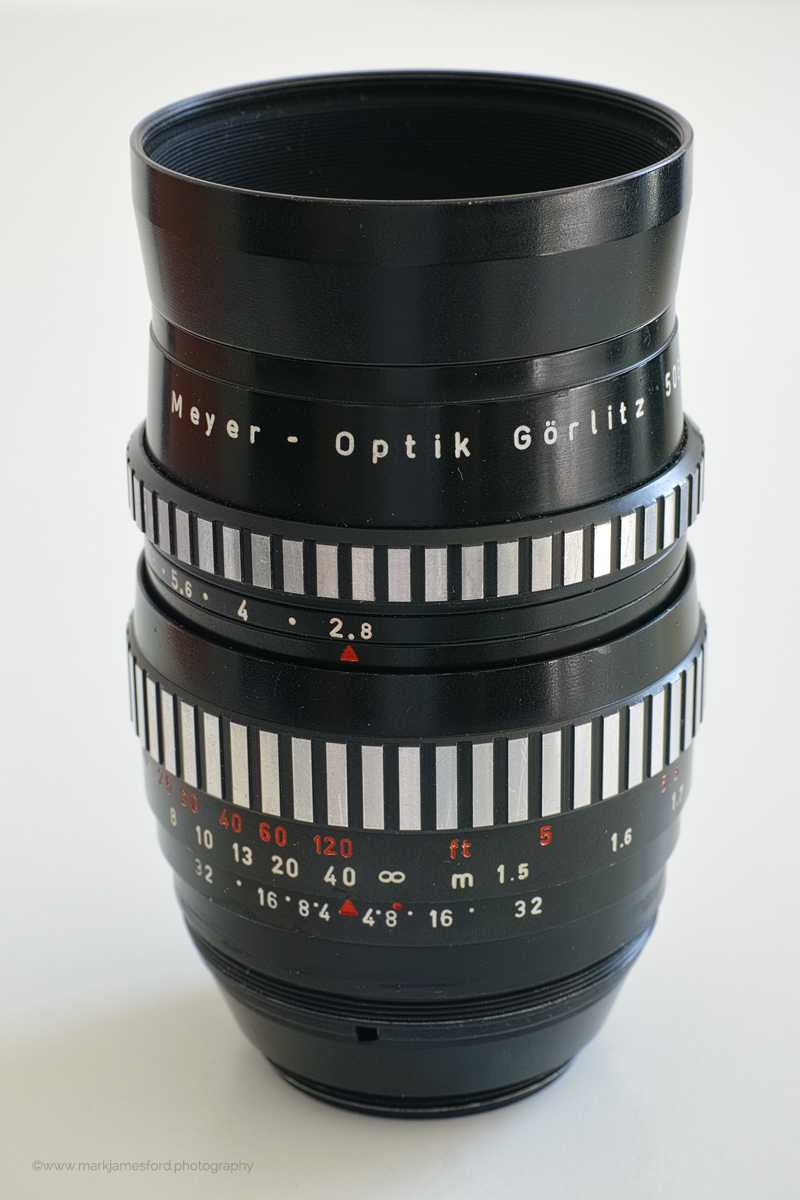
Meyer Görlitz Orestor 135mm
A good quality Orestor can be obtained for around €150-250 as of June 2015 meaning that the lens still offers very good value for money. Fully manual, of course, the lens itself shares many design characteristics of the early lenses so that for example the focus ring requires ca. 320° movement between the closest distance of 160cm to infinity, this, together with the inherent sharpness of the lens, enables very fine focus adjustments. Furthermore, the aperture ring (f2.8-f32) can be locked at any full stop setting so that the lens can be focused wide open and then closed down to the locked position simply by touch, without the need to check visually. Slightly unusual compared to the previous lenses is that the mount is attached to the camera via a locking ring so that it is possible to readily switch between available camera mounts (For the most part however the M42 mount will be of greatest interest). The version I use however, no longer has this locking ring and so the M42 mount has been simply glued in place. Obviously when used with a M42 lens mount adaptor infinity focus is no longer possible. It would, nonetheless, have been relatively easy (assuming access to a lathe) to have accurately filed down the mount (on the camera side) to compensate for the ‘extension’ caused by the M42 adaptor on the camera and recapture the possibility to obtain infinity focus.
Having a 15 blade aperture reflections are wonderfully uniform and round and despite the more modern design still retain an ‘antique’ look though considerably more subtle in character. To note is that at F5.6 the edges of the apertures blades which comprise the circle just begins to become evident.
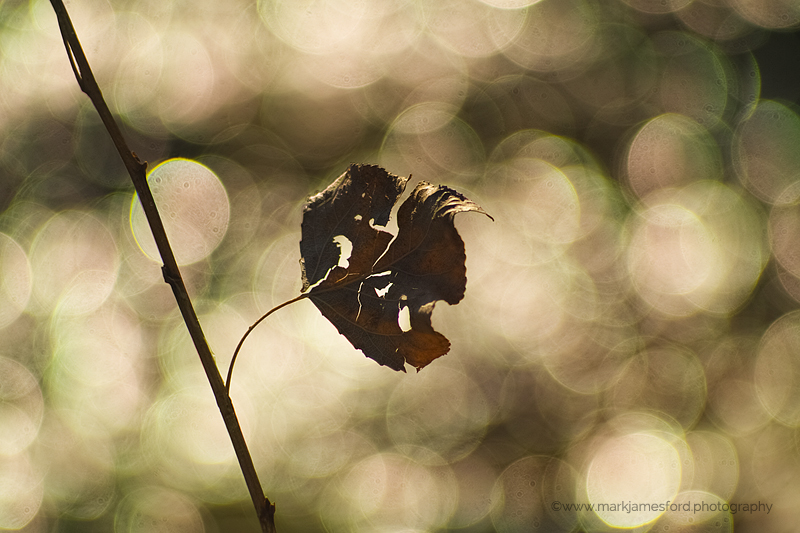
Meyer Görlitz Orestor 135mmm: Reflections at F2.8
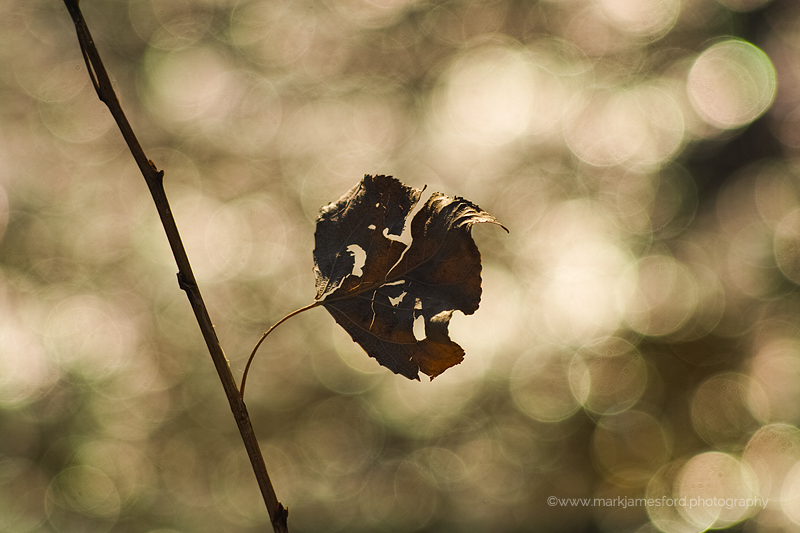
Meyer Görlitz Orestor 135mmm: Reflections at F4
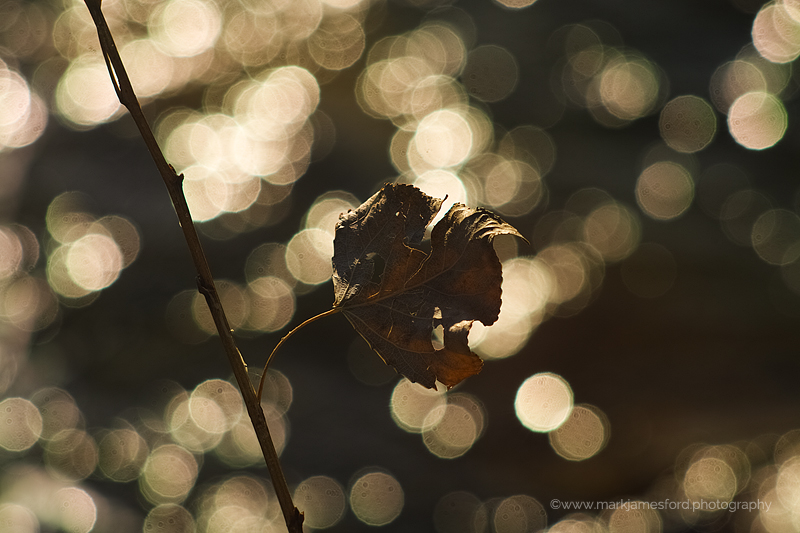
Meyer Görlitz Orestor 135mmm: Reflections at F5.6
So what is so special about this lens? This lens, whilst still being quite sharp, offers a wonderful ‘oil painting’ like background when used wide open. Colours and structures flow into each other to wonderful affect, almost as if applied with a painter’s knife. When you need to retain detail and structure in the background it can be pulled back without becoming harsh or ‘busy’ but when you want to loose it completely and really isolate the subject then beautifully smooth colour graduations are there to be exploited and, for me, this is without doubt what this lens is all about.
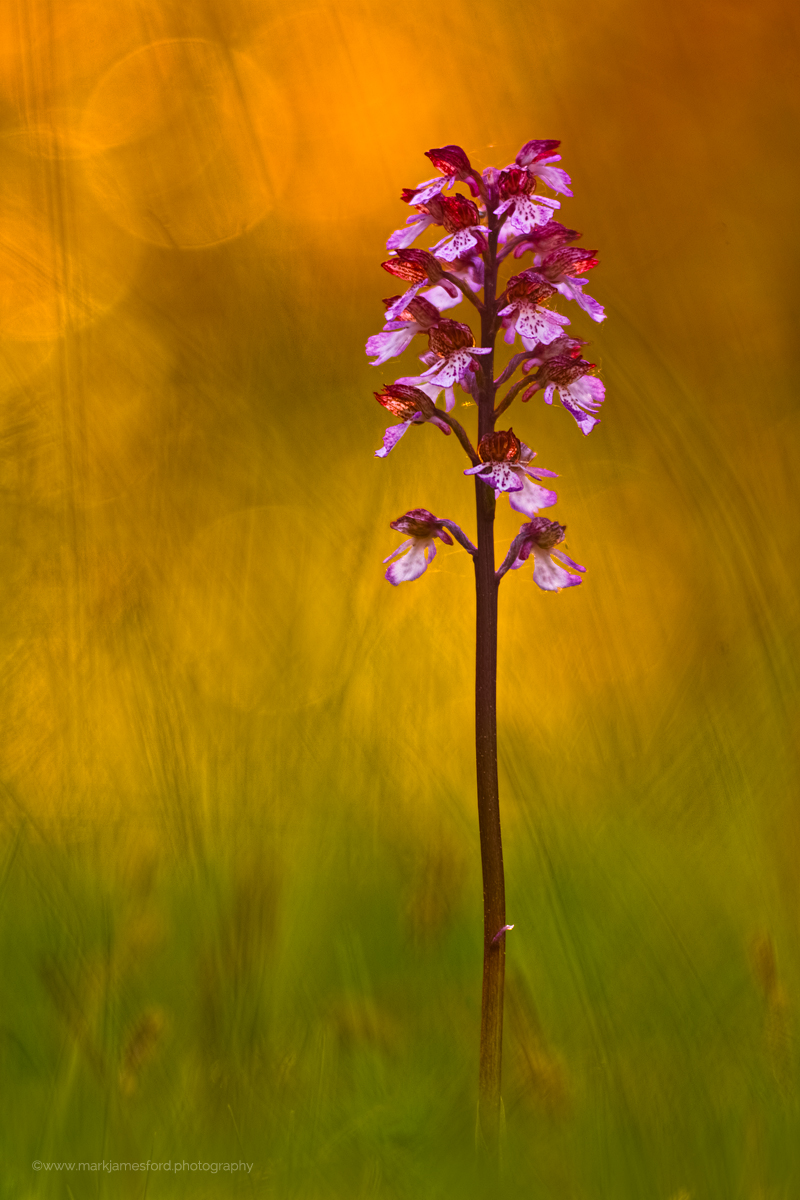
Meyer Görlitz orestor 135mmmm: Orchis militaris hybryda
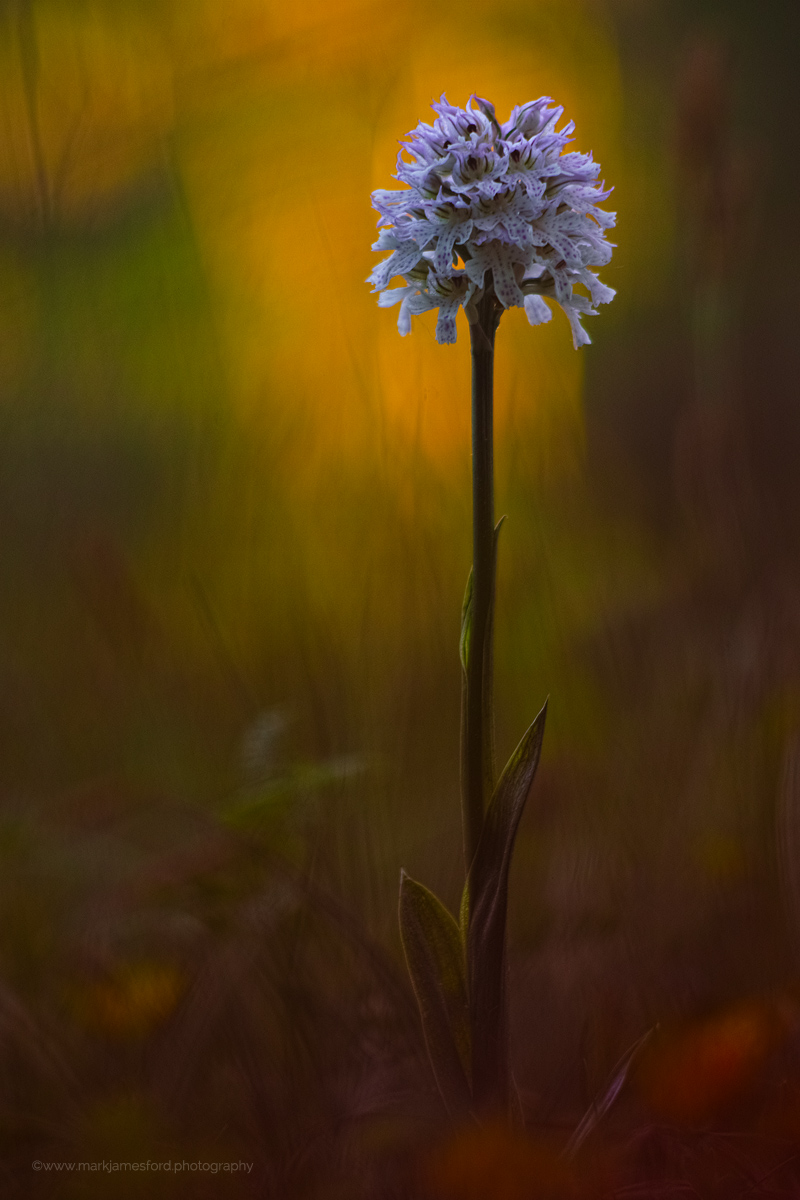
Meyer Görlitz Orestor 135mm: Orchis tridentata
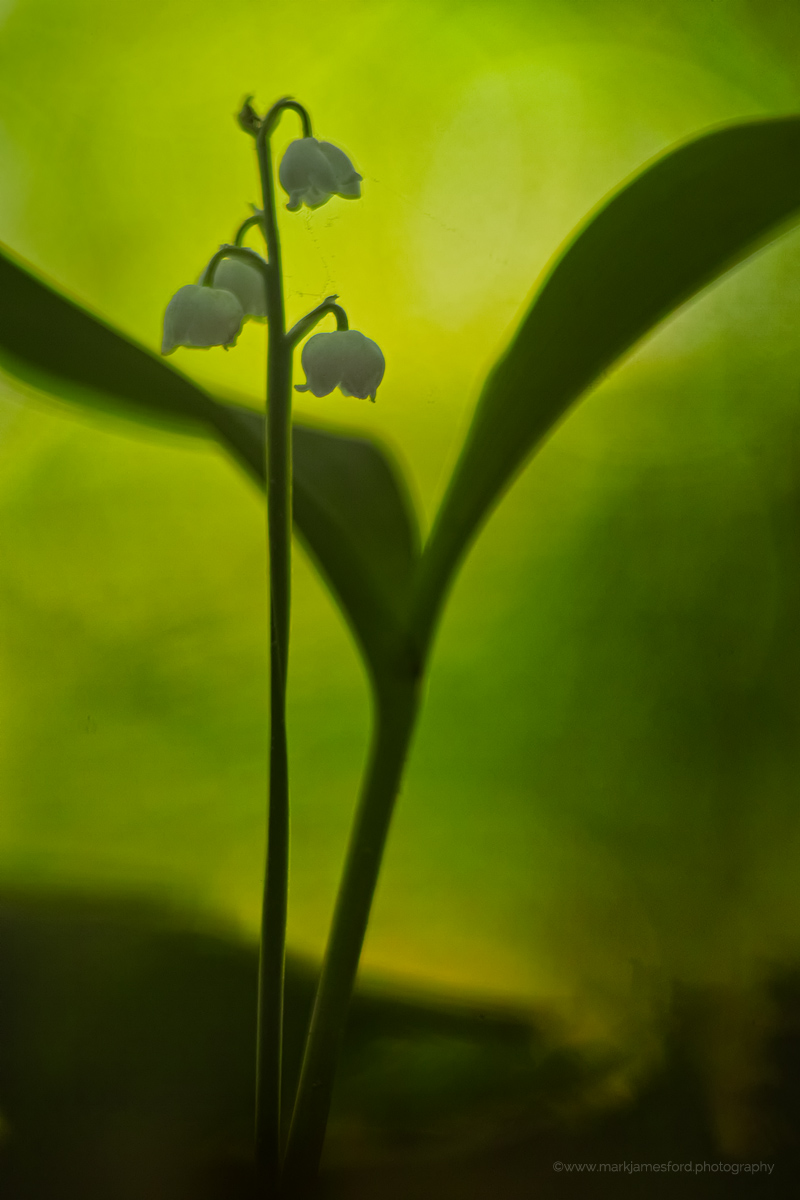
Meyer Görlitz Orestor 135mm: Convallaria majalis
Clearly, it cannot offer detail capture, or image compression, like the extremely high quality Sigma 150mm (HERE) or 180mm (HERE) Macros, both of which, especially with their optical stabilisation are so wonderfully easy to use and I would not want to be without access to these lenses. On many occasions however, I find myself reaching for the Orestor knowing that I will be able to create a final image which is just that little bit different and as such the Orestor is a very regular occupant of my camera bag!
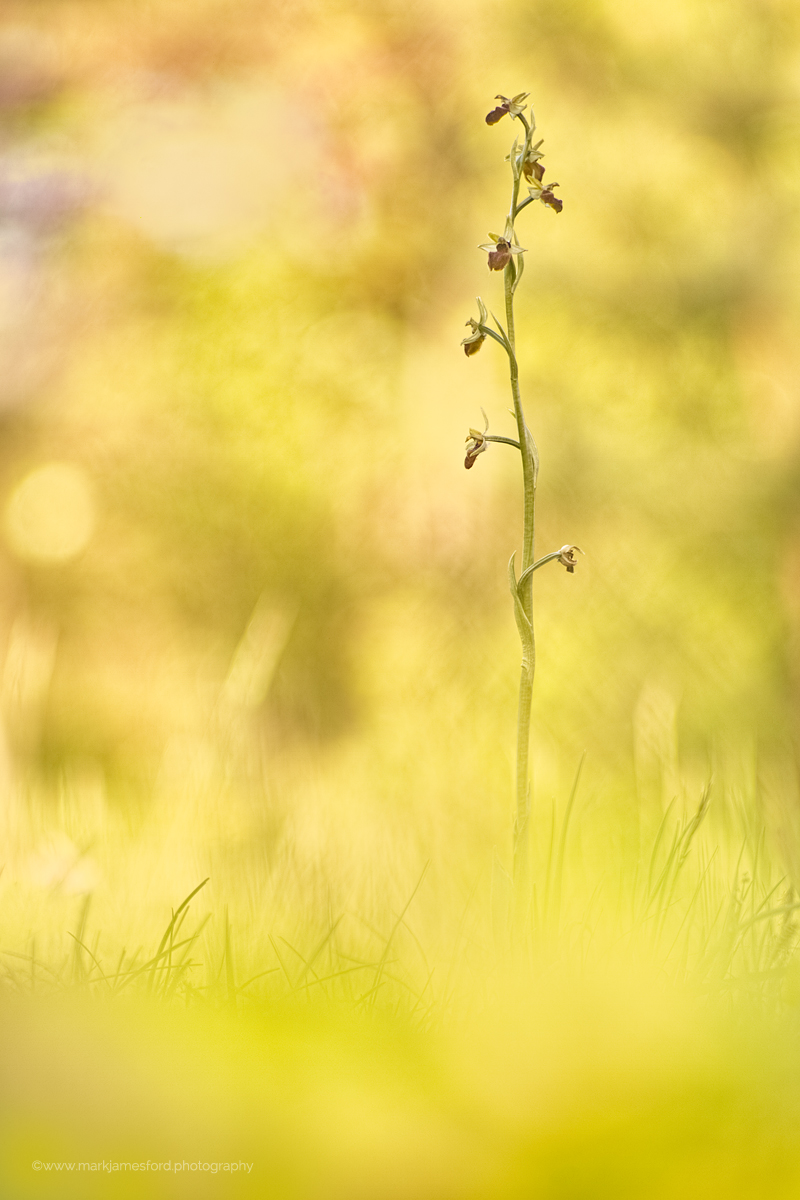
Meyer Görlitz Orestor 135mm: Ophrys sphegodes
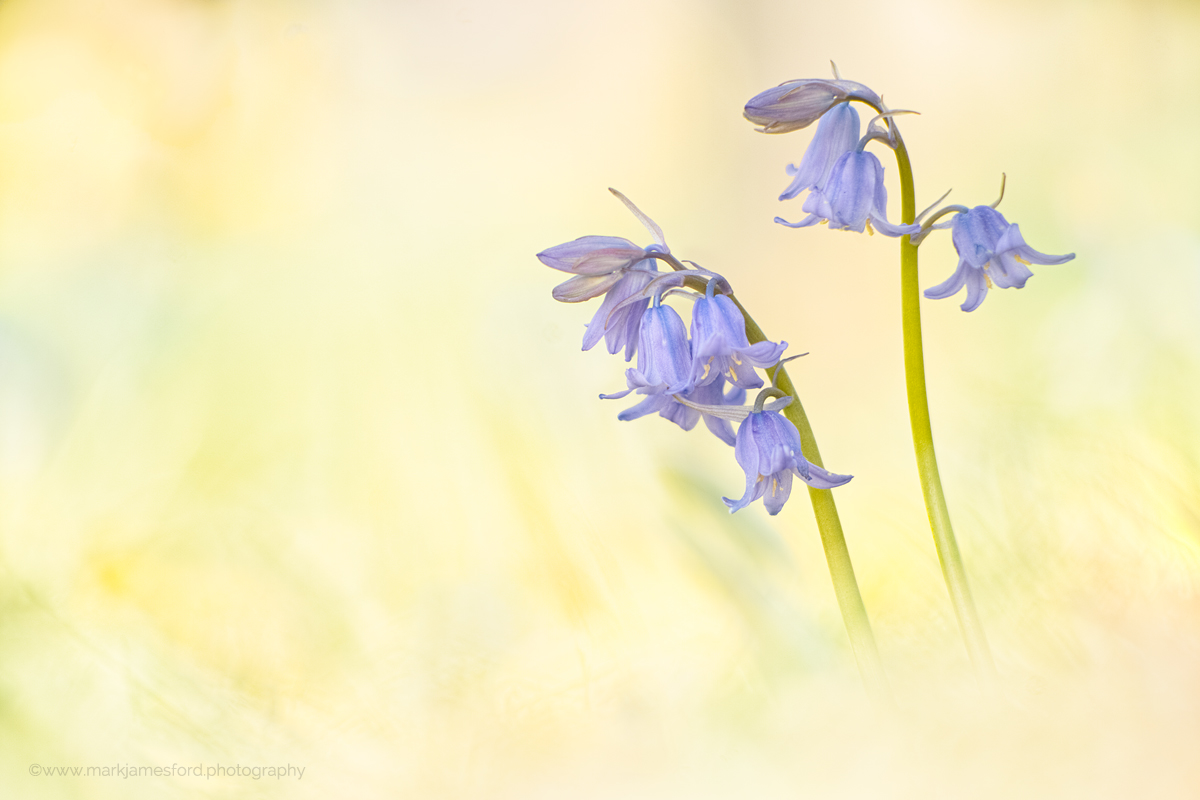
Meyer Görlitz Orestor 135mm: Hyacinthus non-scripta
